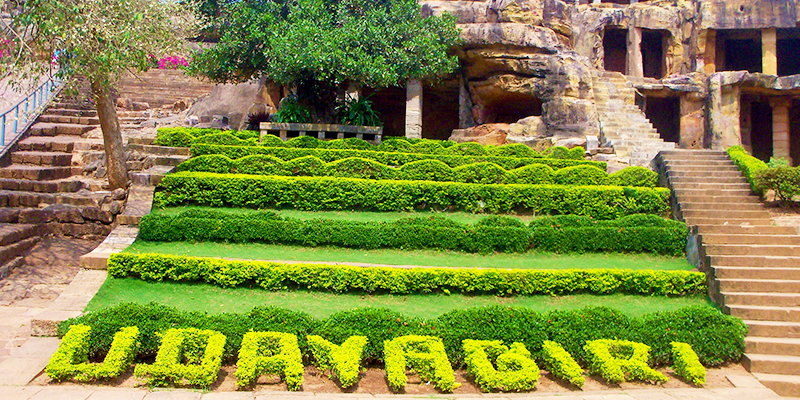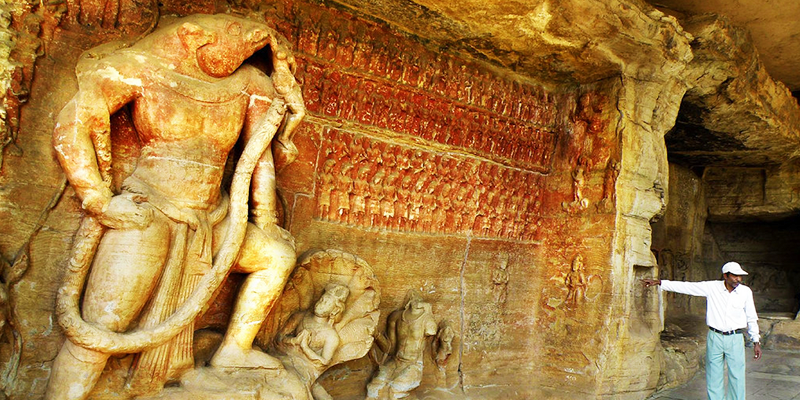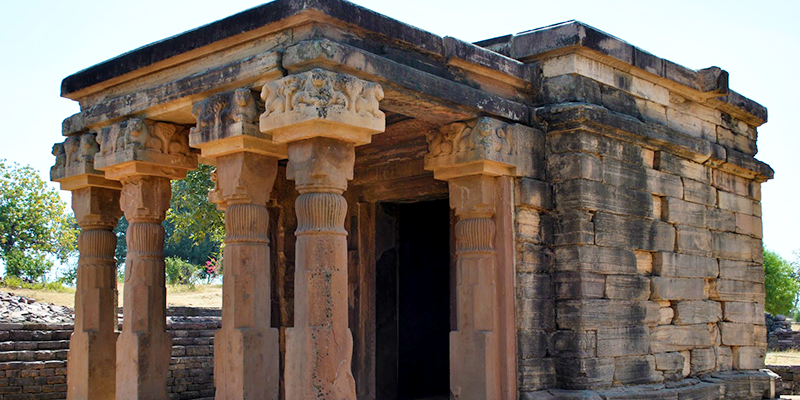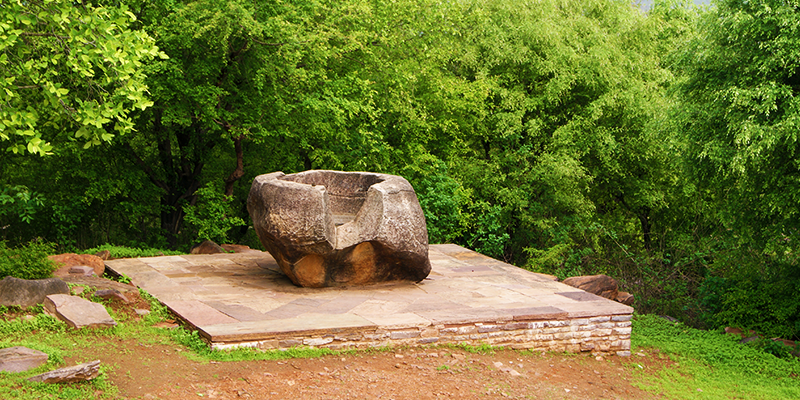If you want to see past history unfold before you and appreciate the great Buddhist religion, then a visit to Sanchi is compulsory. Known for its iconic stupa, Sanchi is an important pilgrimage destination for Buddhist. The beautiful monasteries and Viharas add an extra spice to your trip. Sanchi takes you on a time travel into the development of Buddhist architecture and sculpture that flourished between 3rd and 12th century AD.
History of Sanchi Stupa

The Sanchi Stupa is an icon of this historic city, and attracts tourists from all over the world. Being commissioned in the 3rd century by the great Mauryan emperor Asoka, the stupa got a major face-lift during the Sunga period. During this period, the stupa was decorated with stones. But after that, this grand stupa lay buried for many centuries before it was unearthed by General Taylor in 1818 and later converted into an archaeological museum in 1919 by Sir John Marshall. Sanchi Stupa and fifty other monuments unearthed in the nearby hills were listed as UNESCO Heritage Sites in 1989.
The Grandiloquent Design of Stupa

Situated on a hill, the height of this stupa is 71 feet and it is surrounded by Toranas and large hemispherical domes (forming the central chamber). The domes contain beautiful images from the life of Buddha. The palings and gates of the Stupa are opulently sculptured with diverse motifs and designs. Lord Buddha has been represented here by footprints, wheels, thrones etc. The gateways of the Stupa depict various incidents from Lord Buddha’s life in an ornamental form. There are depictions from his previous incarnations as Bodhisattvas, described in the Jataka tales. Lord Buddha has been shown as emblems in the form of trees or through other non-living figures.
Other Tourist Attractions of Sanchi
While on the Stupa trail in Sanchi, do not miss out on the other tourist attractions nearby:

Udayagiri Caves: The caves date back to a period between fourth and fifth century AD. It is a group of 20 caves and they together form an interesting presentation of history. There are several sculptures that represent Hinduism and Jainism from the Gupta period.

Narsimha Sculpture: The giant Narasimha sculpture at Sanchi attracts many tourists from around the globe. It is visited due to its detailed built.

Asoka Pillar: There is an array of several pillars close to the Stupa. Each of these pillars is 40 to 50 feet tall. Most famous among these is the Ashoka Pillar, which is from third century BC and it lies near the southern gateway of the Stupa. What makes this pillar one of the most visited at Sanchi is its unique Greco-buddhist style architecture. The pillar stands 16.4 meter tall with Four Lions that shine impeccably to this day.
Sanchi Museum: If you want to know about Sanchi and its glorious history, visit the Sanchi Museum. You can see various 2000 year old objects that were excavated. You can learn about how people lived during those times from a dramatic compilation of antiques.

Gupta Temple: This fifth century temple showcases the architectural excellence of the Gupta period. This temple stands as a symbol of secularism in ancient India, as it stands over a place that was dominated by Buddhists. Sir John Marshall, who excavated this temple, stated that the temple has one of the most logical designs.

The Great Bowl: A mammoth-sized bowl carved out of a single piece of stone, which was excavated later has become a key attraction of Sanchi. Food used to be distributed from this bowl to the Buddhist monks who resided in Sanchi.
Nearest Railhead: Sanchi
TRAINS TO SANCHI
ALSO READ: Unique Places in Madhya Pradesh, Forts of Indore







